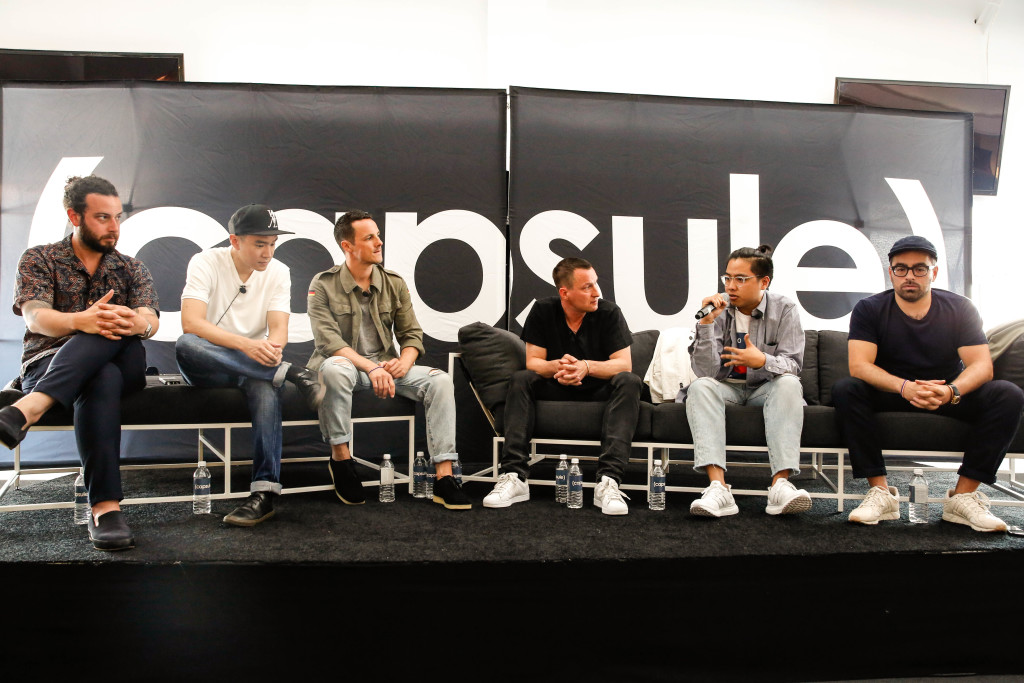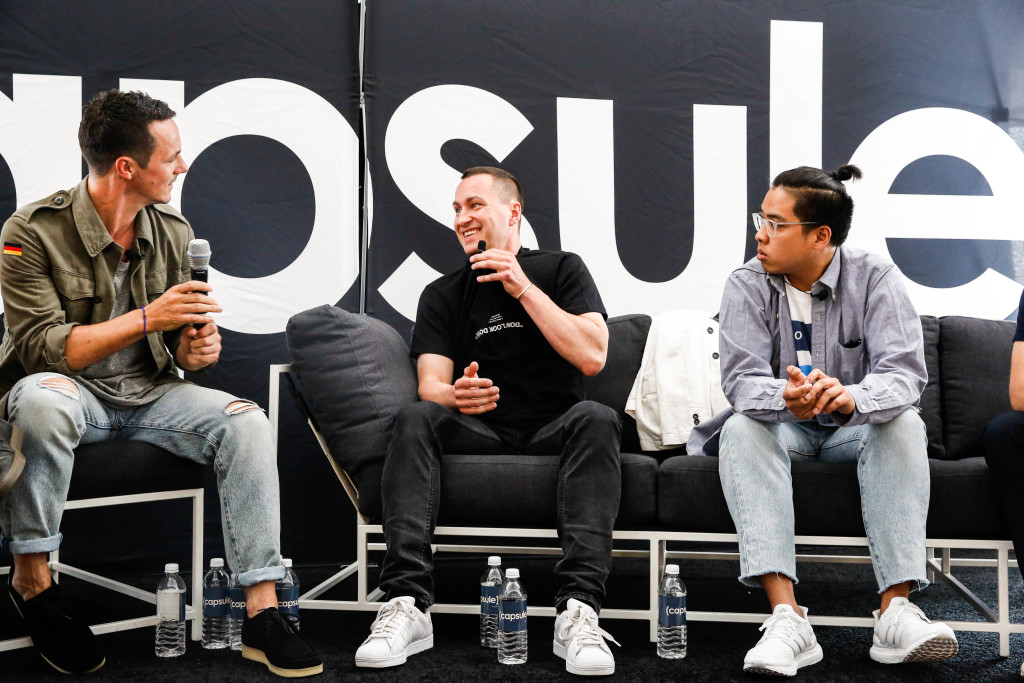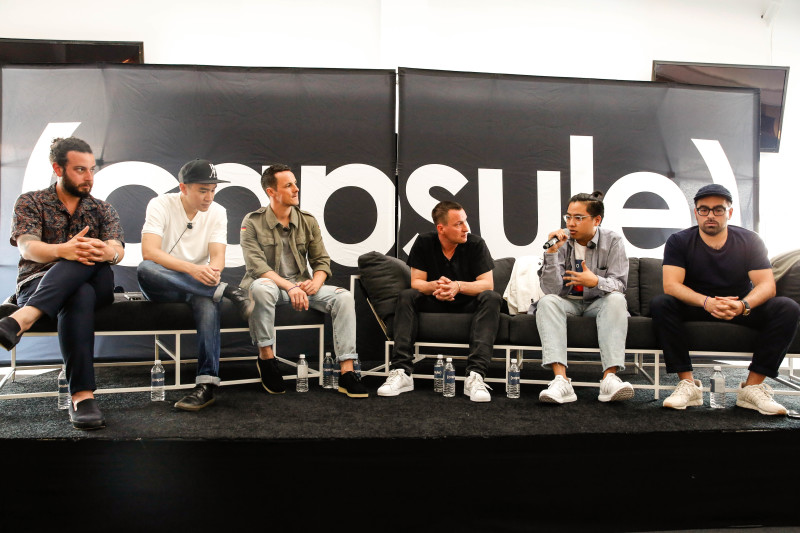NY MARKET WEEK: STREETWEAR SOUNDS OFF


On the importance of sneakers in streetwear:
Darren Skey: Sneakers are a guy’s entry into fashion: whether it’s the opening price point or the guy who’s saving up to buy his first pair of luxury sneakers.
Jeff Carvalho: Sneakers and denim are the products that get guys in the door. Sneaker companies create this need to buy a certain shoe, but kids don’t want to leave a store empty-handed. So they’ll end up buying the next best thing.
Rasmus Storm: Sneakers have become a massive business. Guys will wait on line for an exclusive pair and then flip them and sell on eBay for twice the money. People like the consumption aspect of sneakers.
On the culture of consumption:
Jian DeLeon: This culture is built on consumption. It’s a sign of “We made it: We could never afford Jordans and now we have five pairs.” Flight Club built a business on the resale marketing. Kids wait in line to get a certain shoe and then resell it through Flight Club. It’s this perceived value of “how much should this thing cost?”
Eugene Tong: I may buy a lot of sneakers but I may not wear any of them. People buy just to have a collection. They have too much now. It’s similar to premium denim: there was so much Japanese denim in the market that now all I want to wear are Levi’s. It loses the special appeal. Now there are new drops of sneakers every week. Exclusives and collabs were cool and now it’s just marketing from big businesses.
On the influence of the internet:
Josh Peskowitz: there used to be this sense of scarcity and now the internet has created this need for something new every hour. Now with Tumblr and Instagram, it’s just a sea of images without any real context.
DeLeon: Cool brands are on Instagram and it’s empowering a youthful culture. They’re speaking their language. A lot of kids feel like they’ve discovered brands that never existed before [even if they’ve been around for a while].
Storm: But Instagram is two-dimensional. It doesn’t go deep. It’s just a mirror for them. I used to live outside of Copenhagen and only get two radio stations and somehow I learned about fashion and got the information I desired. Kids still want the information and it’s our jobs as retailers to communicate it to them. We need to communicate the culture and the history to the consumer.
On how to define streetwear:
Peskowitz: Streetwear used to be a counter culture and now it’s just the culture. Streetwear is just sportswear, the same way hip hop music is just pop music now.
Skey: Streetwear is sitting with designer collections like Givenchy and Balmain now. That would have never happened a few years ago.
Tong: A lot of brands might not want to be categorized now. If Kanye wears Balmain, does that mean it’s considered streetwear? I work with Public School and they don’t like to be considered a streetwear brand. Any time you generalize you’re cheating the brand and yourself.
DeLeon: It’s like if American Eagle makes jogger pants, then are they a streetwear brand?

Tong: Since there is so much information out there people need to wear it their own way. It’s not just about churning out information and being up on the latest. American men are having a resurgence of discovering style but there are too many sheep and not enough herders.
Skey: But everyone isn’t inherently stylish and that’s the challenge of the retailer: giving people what they need to put a look together. We need to push our influence on the consumer. Everything is definitely going cleaner and more casual. Guys are more interested in fabrications, layering and this sort of simplistic style of dressing. We’re having success with brands like John Elliot and Fear of God.
Storm: The big picture won’t change dramatically. We’re in the middle of a global movement in fashion, music, creativity. It’s an exchange of info and new things are happening. But what concerns me is that men’s is adapting the same ideas as women’s in terms of fast fashion and consumption. That part scares me because it will wash out the entire culture.
DeLeon: We are living in a culture of consumption and there will be a backlash. Menswear blogs are becoming more sponsored and there’s more gifting and the consumer sees that. They’re finding other places to nerd out on menswear.
Carvalho: Sites like HighSnobiety are just starting points. We’re just giving our view of what’s happening out there. It’s more about guys going beyond the surface and finding what they connect with.


